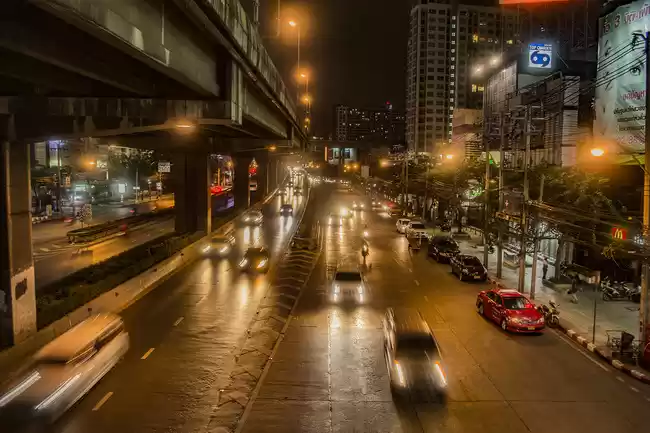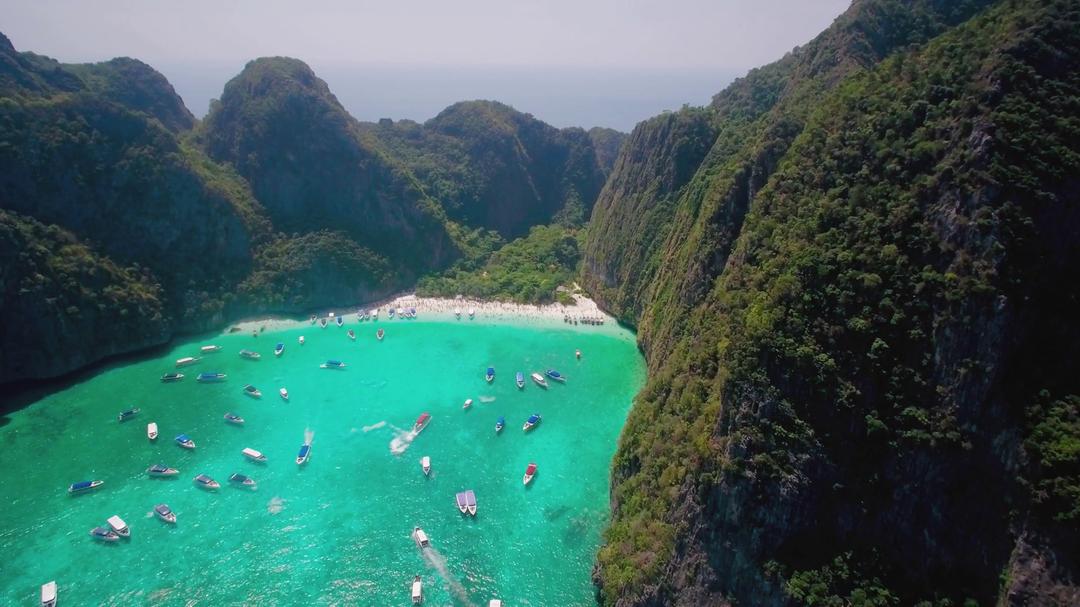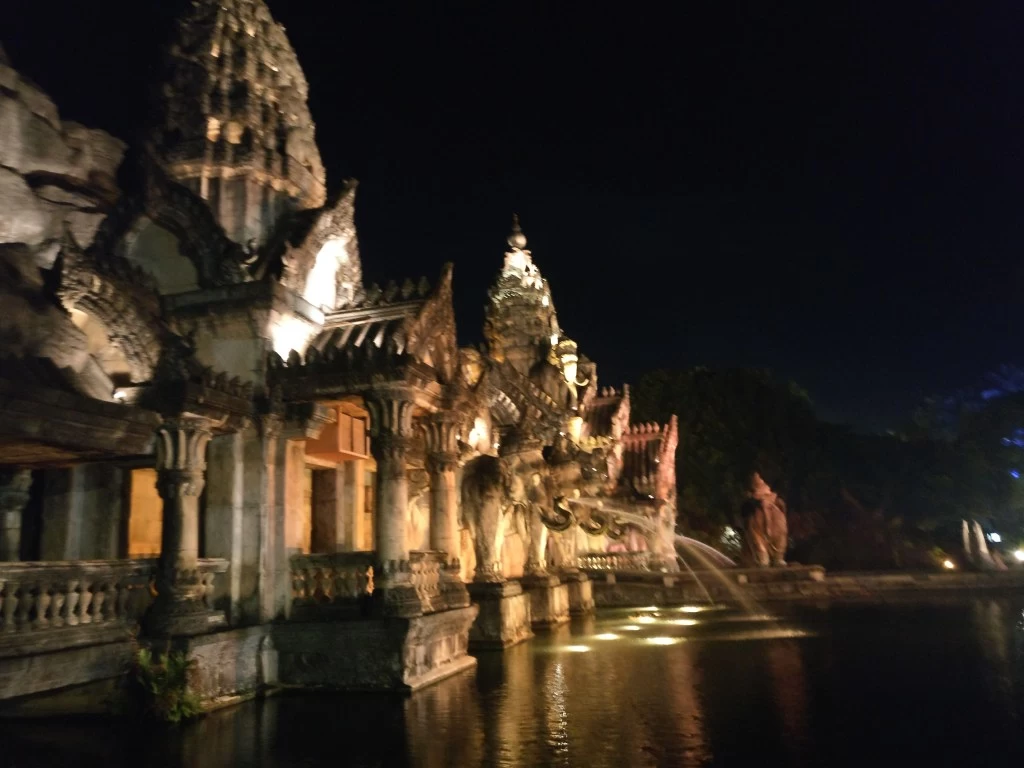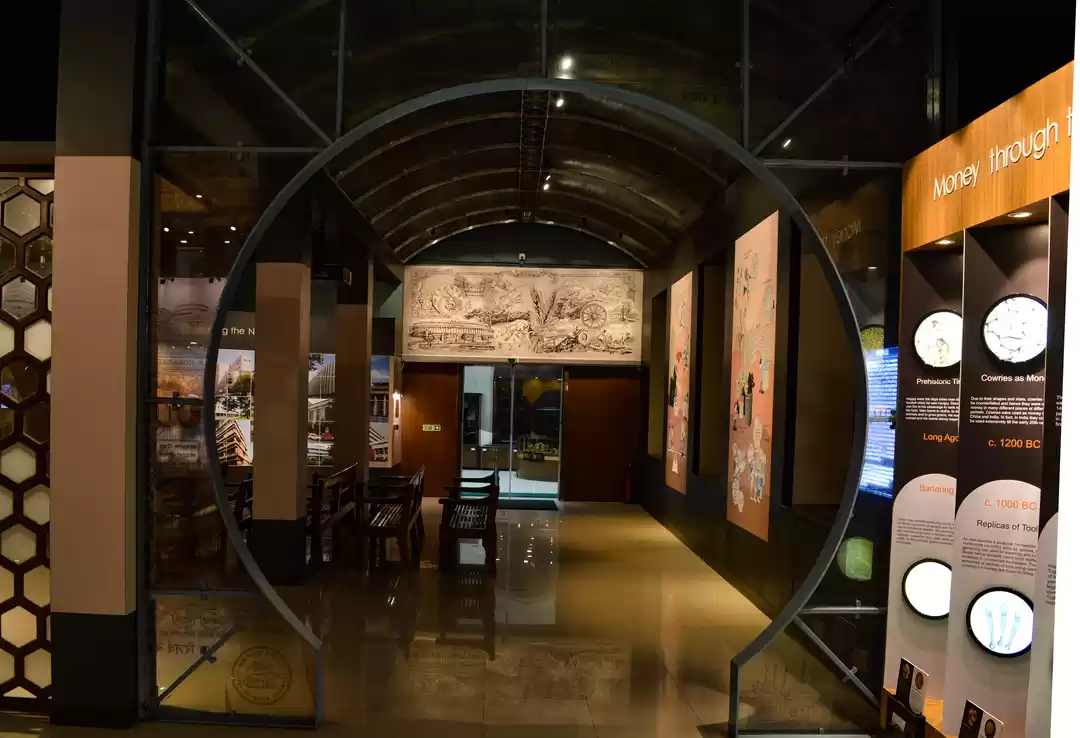Have you ever wondered what lies inside the giant three-headed elephant that towers over the old Sukhumvit Road? Welcome to the Erawan Museum, a hidden gem that showcases the rich and diverse culture and mythology of Thailand. Located in Samut Prakan province, just south of Bangkok, the museum is a masterpiece of art and architecture that will take your breath away. In this article, we will take you on a mystical journey through the three levels of the museum, representing the underworld, human earth, and heaven, and reveal the secrets and symbolism behind the stunning art and antiques that adorn the museum. We will also tell you the legend of Erawan, the sacred elephant of Indra, and how to visit the museum, including the location, timings, and entrance fee.
The Erawan Museum is not your typical museum. It is a place where you can immerse yourself in the Thai cosmos, and experience the beauty, creativity, and spirituality of the Thai people. The museum is divided into three levels, each representing a different realm of the Buddhist cosmology: the underworld, the human earth, and the heaven. Each level is filled with amazing art and antiques from different eras and regions of Asia, reflecting the diversity and harmony of the Thai culture. The museum is also named after the Erawan, the three-headed elephant that is the mount of Indra, the god of thunder and war. The Erawan statue is the most impressive feature of the museum, as it stands on top of the museum and can be seen from far away.

The Underworld: A Treasure Trove of Ceramics and Porcelain
The underworld level is the basement of the museum, where you can find a collection of ceramics and porcelain from different eras and regions of Asia. The underworld represents the realm of darkness, ignorance, and suffering, where humans are trapped in the cycle of rebirth.
The underworld level is divided into four sections, each with a different theme and display. The first section is the Chinese Room, where you can see vases, bowls, plates, and figurines from the Ming and Qing dynasties. The second section is the Sukhothai Room, where you can admire pottery, statues, and coins from the ancient Thai kingdom. The third section is the Benjarong Room, where you can marvel at the colorful and intricate ceramics from Thailand, Cambodia, and Vietnam. The fourth section is the Shiva Room, where you can witness a majestic statue of Shiva, the Hindu god of destruction and transformation, surrounded by his symbols and attributes.
The underworld level is a treasure trove of ceramics and porcelain, showcasing the craftsmanship and elegance of the Asian artists. You can learn about the history, culture, and religion of the different regions, and how they influenced each other. You can also appreciate the beauty and variety of the designs, patterns, and colors of the ceramics and porcelain, and how they reflect the personality and mood of the creators.
The Human Earth: A Fusion of Art and Culture
The human earth level is the main hall of the museum, where you can find a fusion of art and culture from different periods and places of Thailand. The human earth represents the realm of light, knowledge, and happiness, where humans can achieve enlightenment and liberation.
The human earth level is a circular hall with a high ceiling and a dome, where you can see a variety of artworks and artifacts made of copper, tin, stucco, mural, and stained-glass. The hall is divided into four sections, each with a different theme and display. The first section is the History of Thailand, where you can learn about the origin, development, and diversity of the Thai nation and people. The second section is the Art of Thailand, where you can appreciate the beauty, creativity, and skill of the Thai artists and craftsmen. The third section is the Culture of Thailand, where you can explore the customs, traditions, and beliefs of the Thai society and religion. The fourth section is the Kuan Yin Hall, where you can encounter a magnificent statue of Kuan Yin, the goddess of mercy and compassion, who is revered by both Buddhists and Taoists.
The human earth level is a fusion of art and culture, showcasing the richness and diversity of the Thai heritage. You can learn about the history, art, and culture of Thailand, and how they evolved and adapted over time. You can also appreciate the beauty and harmony of the artworks and artifacts, and how they express the values and ideals of the Thai people.
The Heaven: A Glimpse of the Divine Realm
The heaven level is the dome of the museum, where you can find a glimpse of the divine realm of the Buddhist cosmology. The heaven represents the realm of bliss, peace, and nirvana, where humans can transcend the cycle of rebirth and attain the ultimate goal of Buddhism.
The heaven level is a dome-shaped hall with a spiral staircase, where you can see a collection of Buddha images and abstract art from different schools and styles of Buddhism. The hall is divided into four sections, each with a different theme and display. The first section is the Theravada Buddhism, where you can see Buddha images from the early and orthodox branch of Buddhism, mainly found in Thailand, Sri Lanka, Myanmar, and Cambodia. The second section is the Mahayana Buddhism, where you can see Buddha images from the later and liberal branch of Buddhism, mainly found in China, Japan, Korea, and Vietnam. The third section is the Vajrayana Buddhism, where you can see Buddha images from the esoteric and tantric branch of Buddhism, mainly found in Tibet, Nepal, Bhutan, and Mongolia. The fourth section is the Tavatimsa Heaven, where you can see a mural painting of the heavenly realm where the Buddha taught his mother the Dharma, according to the Buddhist legend.
The heaven level is a glimpse of the divine realm, showcasing the diversity and unity of the Buddhist teachings and practices. You can learn about the different branches and schools of Buddhism, and how they share the same core principles and goals. You can also appreciate the beauty and spirituality of the Buddha images and abstract art, and how they inspire the seekers of the truth and the peace.
The Legend of Erawan: The Sacred Elephant of Indra
The Erawan Museum is named after the mythical creature that stands on top of the museum, the Erawan. The Erawan is a three-headed elephant that is considered to be the king of all elephants and the mount of Indra, the god of thunder and war in Hindu and Buddhist mythology. The Erawan is said to have the power to create rain, thunder, and lightning, and to protect the world from evil and chaos. The Erawan is also a symbol of wisdom, strength, and prosperity, and is revered by many people in Thailand and other parts of Asia.
The Erawan statue is the most prominent and impressive feature of the museum, as it can be seen from far away. The statue is made of bronze and weighs 250 tons. It measures 29 meters in height and 39 meters in length. It is decorated with intricate patterns and motifs, such as lotus flowers, peacocks, and nagas. The statue is also illuminated at night, creating a spectacular sight for the visitors and the passers-by.
The Erawan statue is a masterpiece of art and engineering, showcasing the vision and skill of the museum's founder, Lek Viriyaphant. He was a Thai businessman and philanthropist who had a passion for art and culture. He wanted to create a museum that would preserve and promote the Thai heritage and inspire the future generations. He also wanted to honor the Erawan, the sacred elephant of Indra, and pay tribute to his father, whose name was Erawan.
How to Visit the Erawan Museum: Location, Timings, and Entrance Fee
The Erawan Museum is located in Samut Prakan province, about 30 kilometers south of Bangkok. The museum is open daily from 9:00 am to 7:00 pm. The entrance fee is 400 baht for adults and 200 baht for children. The museum also offers guided tours, audio guides, and souvenir shops for the visitors.
The easiest way to reach the museum is by BTS Skytrain. You can take the Sukhumvit Line to Bearing Station, and then take a taxi or a shuttle bus to the museum. The taxi fare is about 100 baht, and the shuttle bus fare is 25 baht. Alternatively, you can take a bus from Bangkok to Samut Prakan, and then take a taxi or a shuttle bus to the museum. The bus fare is about 40 baht, and the taxi or shuttle bus fare is the same as above.
The Erawan Museum is a must-see for anyone who loves art, culture, and mythology. You will be amazed by the beauty, creativity, and symbolism of the museum, and learn more about the history, art, and culture of Thailand. You can easily reach the museum by BTS Skytrain, bus, or taxi, and enjoy the museum's attractions and surroundings. The Erawan Museum is a perfect destination for families, solo travelers, couples, and groups, as it offers something for everyone.
The best time to visit the Erawan Museum is during the dry season, from November to February, when the weather is pleasant and cool. You can also visit the museum during the rainy season, from May to October, when the museum is less crowded and the gardens are more lush and green. However, you may encounter some rain showers and thunderstorms, so be prepared with an umbrella or a raincoat. You can also visit the museum during the festive season, such as Songkran in April or Loy Krathong in November, when the museum is more lively and colorful.
Conclusion
The Erawan Museum is not only a museum, but also a garden, a temple, and a sanctuary. You can spend a few hours or a whole day exploring the museum and its surroundings, and enjoy the tranquility and serenity of the place. You can also visit some of the nearby attractions, such as the Ancient City, the Crocodile Farm, and the Bang Pu Seaside Resort, which are all within a short distance from the museum.
The Erawan Museum is a place where you can discover the Thai cosmos, and experience the beauty, creativity, and spirituality of the Thai people. It is a place where you can learn, admire, and appreciate the history, art, and culture of Thailand. It is a place where you can find inspiration, enlightenment, and peace. The Erawan Museum is a place that you will never forget.























